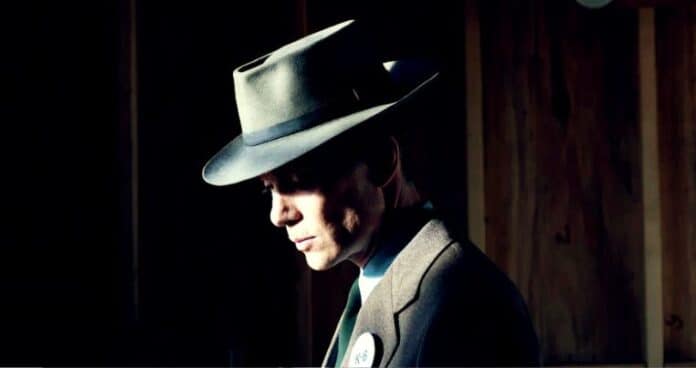Christopher Nolan’s biopic Oppenheimer has generated significant debate for not showing the tragic Hiroshima and Nagasaki bombings. In 1945, the United States military dropped atomic bombs on these Japanese cities, resulting in the death of over 200,000 civilians. To this day, these bombings have been the subject of ongoing discussions regarding whether they constitute war crimes or crimes against humanity.
The biopic centers around J. Robert Oppenheimer, a key figure in the development of the atomic bombs used in the attacks. While the film has received critical acclaim, some reviewers have expressed concern over its omission of direct depictions of the bombings.
Given Oppenheimer’s pivotal role in creating the weapon and his subsequent reputation as the father of the atomic bomb, some viewers were surprised by the absence of scenes showing the devastation caused by his invention. However, the director had some creative reasons to leave them out of the film.
Hiroshima and Nagasaki Bombings Were Behind Oppenheimer’s Back
Nolan defended his decision to not include Hiroshima and Nagasaki Bombings in the film. The biopic focused solely on Oppenheimer’s perspective and the scientist, at the time, was unaware of the full magnitude of the bomb’s destructive power. The filmmaker aimed to portray the internal life and mindset of Oppenheimer, who only came to morally object to the bombings after they occurred.
Since the film was made with first-perspective, depicting the bombings or its impact would not have made sense. Oppenheimer only learned about the destruction on radio after it happened. Nolan believed that showing the bombings would have taken the movie outside of Oppenheimer’s viewpoint and shifted the focus away from the film’s intended exploration of his character.
It’s a Biopic, Not a Tragedy
Critics and audiences have been divided over the exclusion of the bombings in Oppenheimer. Some argue that the movie should have given a voice to the Japanese victims and explored their lives and dreams before their tragic deaths. Others, however, contend that directly depicting the bombings without sufficient context would have been exploitative and disrespectful.
Nolan’s decision to keep the movie focused on Oppenheimer’s life story without explicitly showing the bombings was also driven by the desire to maintain a tangible and grounded narrative. He believed that a comprehensive exploration of the bombings would require an extensive and focused approach that wouldn’t align with the movie’s biopic format.
The challenge in depicting the Hiroshima and Nagasaki bombings in Oppenheimer lies in striking a balance between acknowledging their historical significance and respectfully portraying the human lives affected. While other works have successfully tackled this topic, Nolan’s biopic chose to concentrate on the perspective of its central character, which may have limited its capacity to comprehensively cover the bombings’ implications.
What Others Movies Focus on the Disaster?
Over the course of history, countless movies have attempted to depict the horror of Hiroshima and Nagasaki bombings. These films offered different perspectives on the events, and became powerful way to learn about the history and the impact of the bombings.
One such film is Hiroshima (1953), a Japanese movie directed by Hideo Sekigawa. It provides a harrowing portrayal of the events surrounding the atomic bombing of Hiroshima. It focuses on the devastating experiences of several individuals on that fateful day. The same “life and dreams” of Japanese citizens that were expected from Oppenheimer (2023) were already explored in this movie 70 years ago.
Another example is Riley Scott’s Black Rain (1989). It revolved around the aftermath of the Hiroshima bombing, following 2 Japanese police officers assigned to escort a yakuza member for trial. Aside from the action, the central theme of the film emerged when the police officers become exposed to the radioactive fallout from the atomic bomb known as “black rain”. This exposure led them to be stigmatized and discriminated by the society due to fears of contamination. This film tried to show psychological and emotional impact of nuclear tragedy, exploring the lasting scars left by the bombing on individuals and society as a whole.


